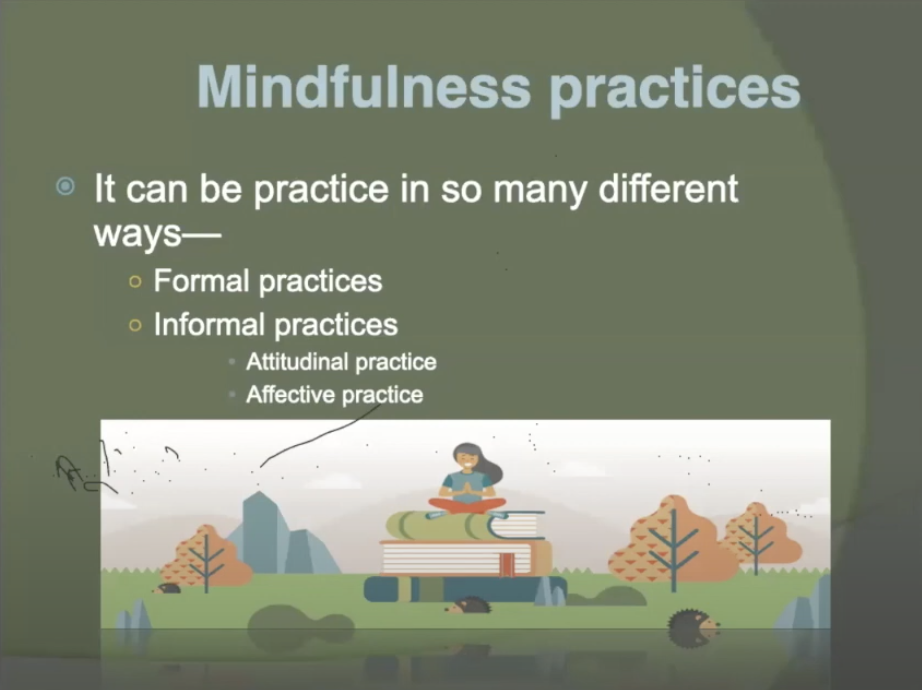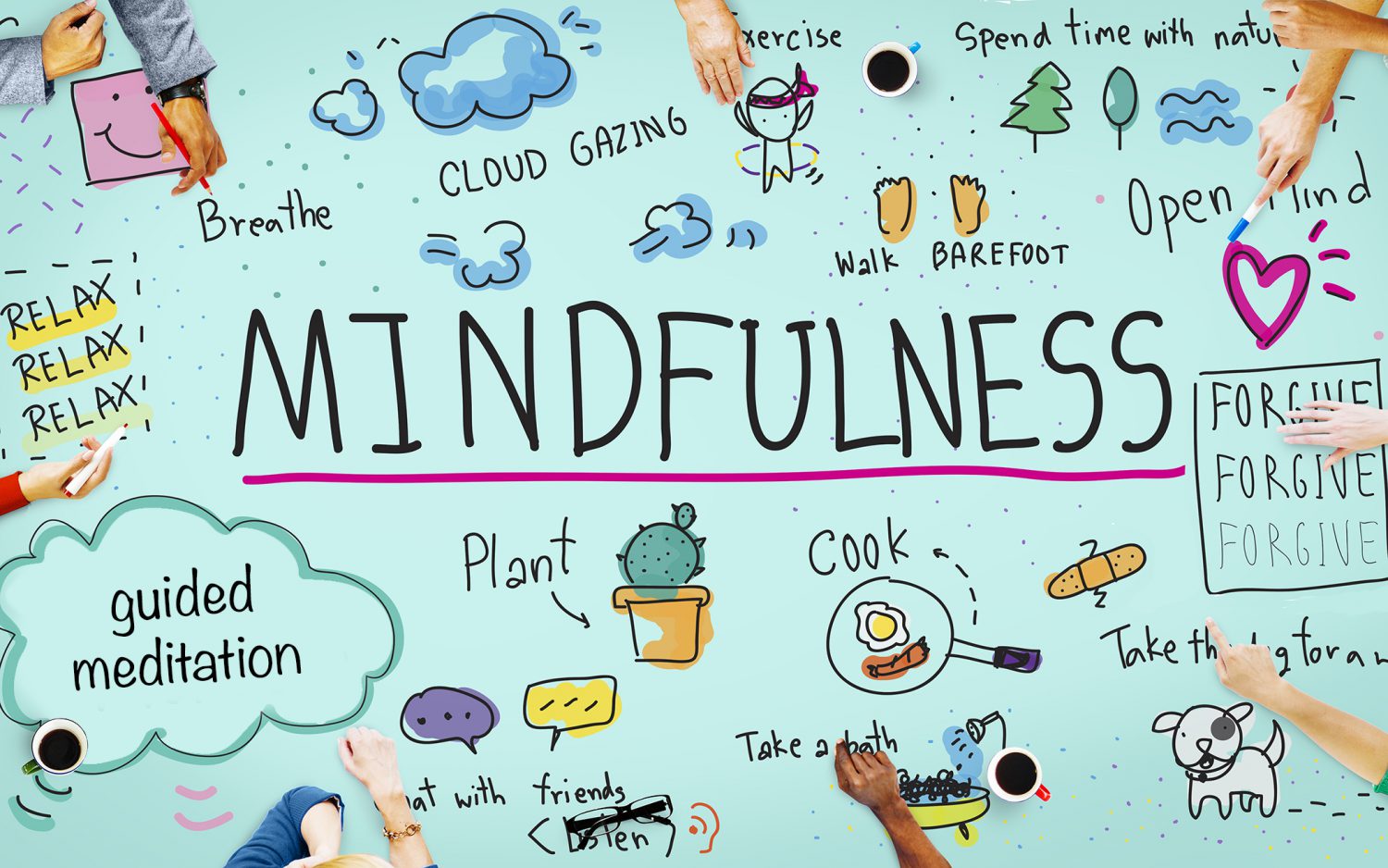Since its inception and catapult into the mainstream media, many practices of mindfulness have emerged to accommodate all the different types of practitioners. It has been broadly divided into formal and informal practices, with sub-groups/sub-activities within the broader terms. Ms. Jyoti Gupta guides us through the different characterizations of the practice.

Formal mindfulness practice includes activities such as awareness of breathing/pranayama, yoga, meditation, and body scanning. They allow us to harness mindful awareness even while our body is in movement so we are able to recall it when we are put in other everyday situations that could ask us to call for it. This practice also helps us recognize our anchors that stop us from going haywire and steady us in the moment.
Informal mindfulness practices occur when we are able to bring awareness to the more mundane and everyday tasks that we are faced with. The ability to know what we are doing as we are doing it, without allowing our mind to wander is the essence of these informal activities. This might include eating, brushing, cooking, showering, talking, driving, exercising, and many more. Pausing for even a moment while commencing or in the middle of these tasks allows there to be opportunity for mindfulness between the stimulus and action.

The informal practices are further broken down into two types – Attitudinal and affective practices. Attitudinal practice occurs when there is a non-judgemental awareness of the task/stimulus. When an individual can admit to the fact that they don’t know an aspect of themselves/their environment but are aware that they are trying their best allows the mindful practice to take place within their attitude. They also begin to master one of the toughest acts of human life, letting go of things that could be positive as well as negative. They also develop acceptance, self-resilience, and patience in the process of becoming mindful. On the other hand, affective practice is trying to change how one interacts with the world, by changing their perception of themselves. It consists of trying to be more grateful, appreciative, compassionate, equanimity, taking in the good around us, and many more. This allows us to not only change our outlook but also be the first domino in the process of changing and positively affecting other people’s lives as well.
In the following video, Ms. Gupta explores both, the informal and formal practices, of mindfulness and gives us insights into how we could implement them in our day-to-day lives. She further explains the aspects and difference of attitudinal and affective informal practices of mindfulness and how we can use them to, not only help ourselves, but also people around us.

